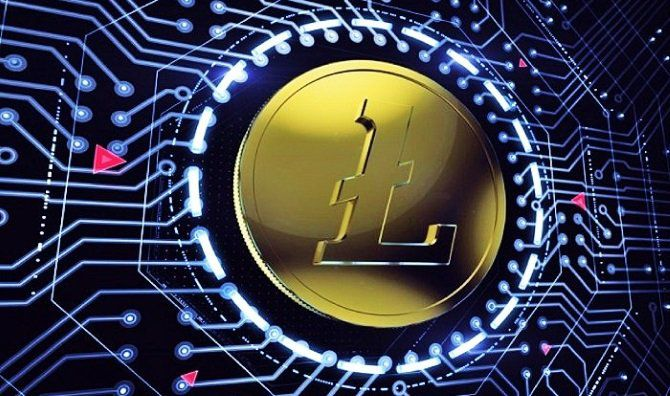Cryptocurrency Development History
Cryptocurrency, also known as digital or virtual currency, is a form of decentralized currency that uses cryptography for security. It operates independently of a central bank and allows for peer-to-peer transactions without the need for intermediaries. The development of cryptocurrency has been a long and complex journey that has revolutionized the financial industry. In this blog post, we will explore the history of cryptocurrency development.
The Beginning of Cryptocurrency
The concept of digital currency was first introduced in 1983 by American computer scientist David Chaum. He proposed an anonymous cryptographic electronic money called eCash, which was based on the principles of blind signatures. However, the idea did not gain much traction due to the lack of internet infrastructure at the time.
In 1998, Wei Dai proposed a new form of digital currency called b-money. It was a decentralized, anonymous electronic cash system that used a proof-of-work algorithm to generate new coins and prevent double-spending. However, it was never implemented.
The Birth of Bitcoin
In 2008, an unknown person or group of people under the pseudonym Satoshi Nakamoto published a white paper titled “Bitcoin: A Peer-to-Peer Electronic Cash System.” This paper described a decentralized electronic cash system that used a blockchain to record transactions.
Bitcoin is based on the principles of cryptography and mathematics. It uses a proof-of-work algorithm to validate transactions and generate new coins. The total supply of Bitcoin is limited to 21 million, and it is estimated that the last Bitcoin will be mined in 2140.
Bitcoin gained popularity as a decentralized alternative to traditional currencies and payment systems. It allowed for fast and secure transactions without the need for intermediaries. Bitcoin also introduced the concept of blockchain technology, which has since been used in various industries.
The Rise of Altcoins
After Bitcoin’s success, many other cryptocurrencies emerged, known as altcoins. These altcoins are based on similar principles as Bitcoin but with some modifications or improvements. Some notable altcoins include Litecoin, Ethereum, Ripple, and Bitcoin Cash.
Litecoin was created in 2011 by Charlie Lee as a faster and more efficient alternative to Bitcoin. It uses a different hashing algorithm and has a faster block time, allowing for faster transactions.
Ethereum was launched in 2015 by Vitalik Buterin. It is a decentralized platform that allows developers to build decentralized applications (dApps) using smart contracts. Ethereum introduced the concept of programmable money, which has since been used in various industries.
Ripple was created in 2012 by Ripple Labs as a payment protocol for banks and financial institutions. It uses a unique consensus algorithm and can process transactions in seconds.
Bitcoin Cash was created in 2017 as a fork of Bitcoin. It aims to improve upon Bitcoin’s scalability issues by increasing the block size limit.
The Future of Cryptocurrency
Cryptocurrency has come a long way since its inception, and its future looks promising. Many industries are exploring the use of blockchain technology for various applications, such as supply chain management, voting systems, and identity verification.
However, cryptocurrency still faces many challenges, such as scalability issues, regulatory hurdles, and security concerns. Many governments are still skeptical about cryptocurrency and have imposed strict regulations on its use.
Despite these challenges, cryptocurrency continues to evolve and innovate. It has already disrupted the financial industry and has the potential to revolutionize many other industries in the future.
Conclusion
The development of cryptocurrency has been a long and complex journey that has revolutionized the financial industry. From the birth of Bitcoin to the rise of altcoins, cryptocurrency has come a long way since its inception. Its future looks promising, but it still faces many challenges. However, with continued innovation and adoption, cryptocurrency has the potential to change the world as we know it.


